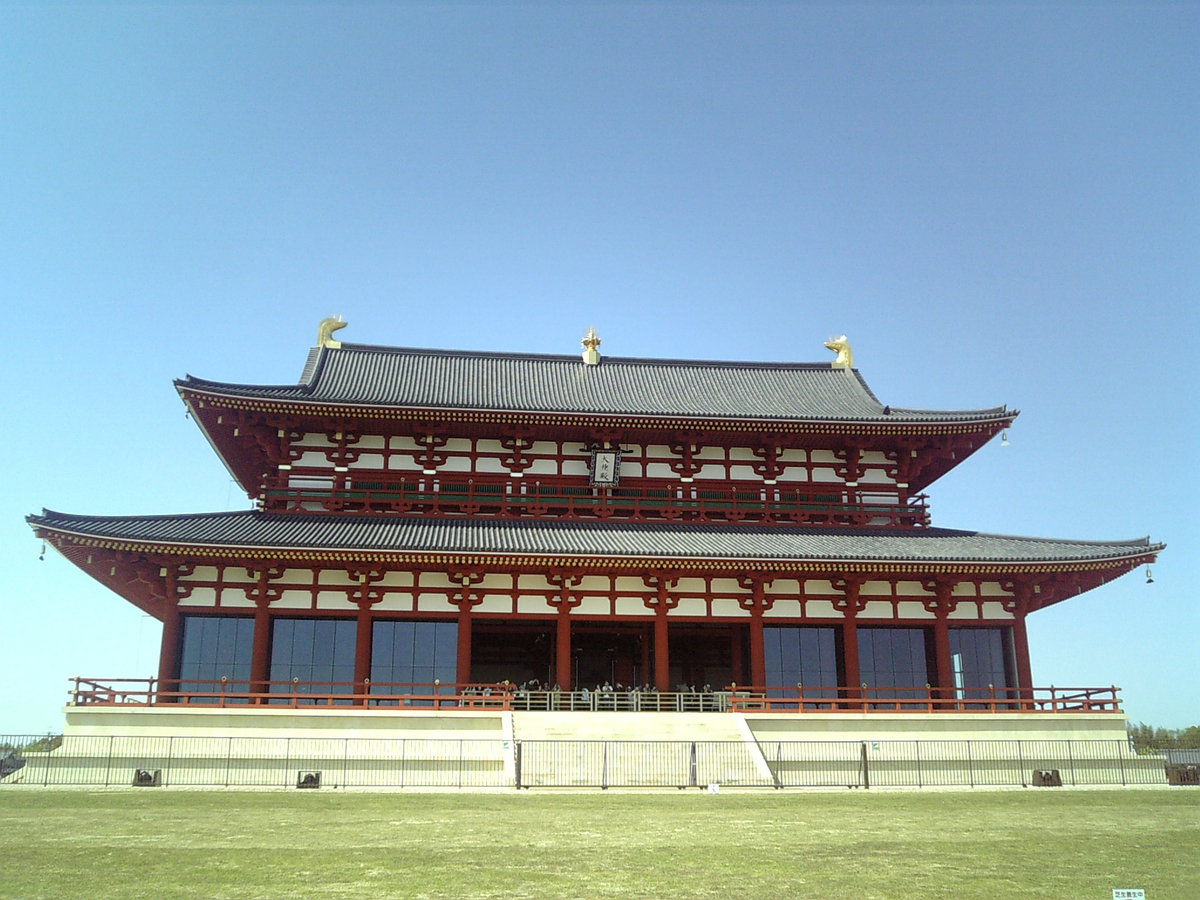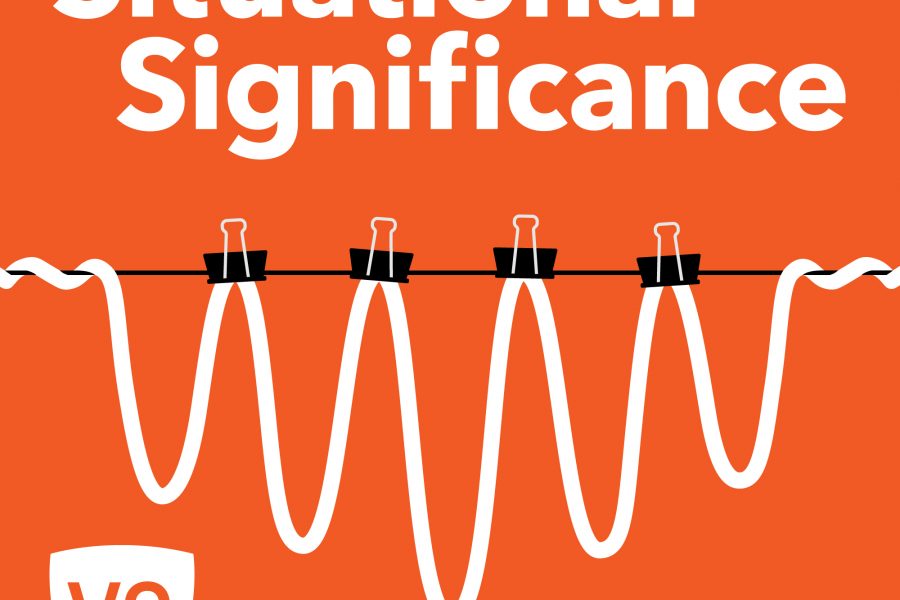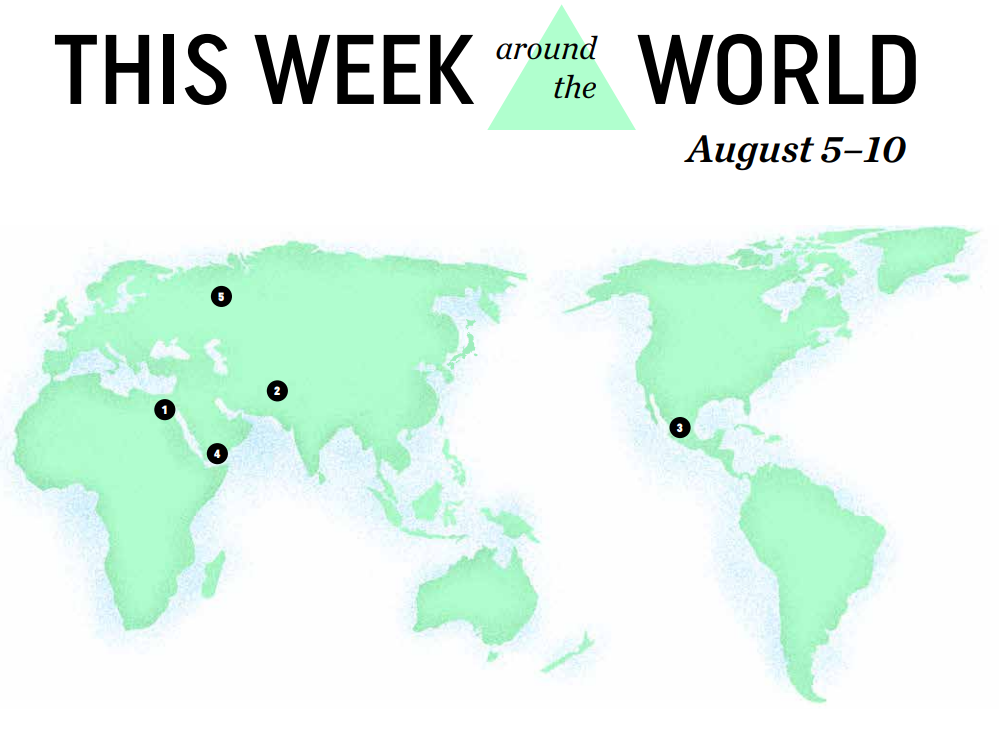Dr. Yoko Hsueh Shirai, an independent scholar based in California, presented in the Portland State Smith Memorial Student Union on the history and reconstruction of a United Nations Educational, Scientific and Cultural Organization World Heritage Site in Japan on Jan. 30. Shirai’s work focuses primarily on Buddhist statuary recovered through archaeological survey from Japan’s oldest temple ruins.
In 2010, the Japanese government finished the reconstruction of the Daigokuden, or the “Great Audience Hall,” in Heijōkyō, Japan. Heijōkyō, now commonly known as Nara, was the eighth-century capital. It cost citizens the yen equivalent of almost $20 million in taxes to build.
Heijōkyō is believed to be one of the first Japanese capitals built with substantial Chinese influence, as people were fleeing warfare in China.
“Immigration from the Chinese peninsula [in Japan] was nothing new, but there was a big influx in the late seventh century as a result of warfare,” Shirai said.
The capital at Heijōkyō was modeled after the Chinese grid system, in which everyone in the city was given a grid of land. The size and location of the land were determined by a person’s social status and occupation.
Traditionally, Japanese buildings were built on a foundation of wooden posts that were placed in holes in the ground. The excavations at Heijōkyō show that the Daigokuden, or the former imperial residence was built using wooden pillars on massive stones that were used like cement, showing the Chinese influence in the structure.
The reconstruction of Daigokuden was in celebration of the 1300th anniversary of the opening of the capital at Nara. This is following a recent trend of the reconstruction of other historic sites around Japan.
“For the [Japanese] government, it is about nationalism and national pride,” Shirai said. “That is the main driving force for the government.”
The Japanese government is also funding these reconstructions to benefit the country economically in what is known as heritage tourism.
“They also want tourist money, because if they make these big parks people are going to come and visit,” Shirai said. “They can get foreign tourists to come and school kids to come to learn about their history.”
In her presentation, Shirai explained that due to the lack of documentation, architects have made assumptions on what they believe the structure to have looked like.
“A lot of [the old structures are] all gone,” she said. “How do we know what it actually looked like? We don’t.”
“A lot of it is based on something else that might be related but no one knows for sure. A lot of what the reconstructions are current visions of what we interpret or we want to see from the ancient past.”
Shirai emphasized the gap between fact and fiction when it comes to these “historic” reconstructions and how they may be harmful to people that visit these sites.
“Some of it, if it is not explained fully, if it is just someone looking at it and they think ‘oh my god this is what it looked like.’ That is a problem,” Shirai said.
“The question is: are they purposefully doing that to trick people or is it because they are not doing a thorough enough job to explain the difference between what we actually know and what we don’t know?”






